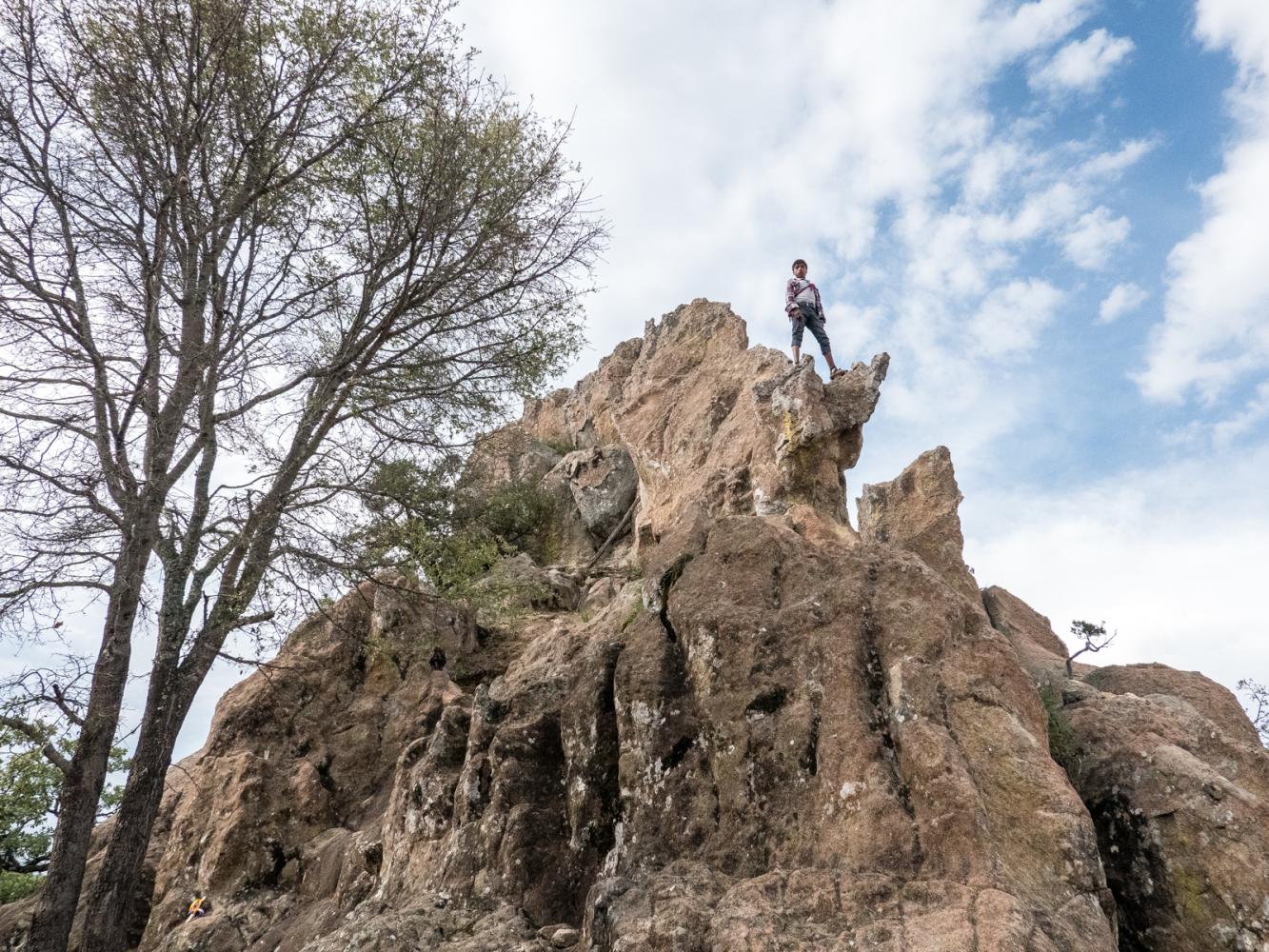Jicuri Nierra is one of the most important celebrations of the 'new year' for the Wixarika (or commonly known as Huichol) indigenous group of the Sierra Madre Occidental, Jalisco, Mexico. It marks the end of a long year of pilgrimages and offerings, and the beginning of a new growing season, in which the rains are called upon to start the growing season and the sowing of the sacred maiz (ikú). Interestingly, each village or community amongst the Wixarika groups has its own date for Jicuri Nierra, according to their patron saint, their designated responsibilities for their ceremonial centers, as well as many other factors. In this occasion, I was invited by the Tseriakame clan to participate and observe in their yearly ritual.
For several years now, I have been accompanying Don Jose Guadalupe De La Cruz Carrillo, one of the elder, most experienced Marakames of his community, as well as his family, in the pilgrimages to the sacred sites dispersed throughout Mexico, particularly the sacred desert of Wirikuta, where he and his family traditionally harvest their holy sacrament famously known as the peyote cactus button. My friend Marakame Don Guadalupe is the elected “Cantante” of Cohamiata, his birthplace and hometown, as well as the “encargado” or elected official of Tseriakame Kalihue, their ancient ceremonial center and temple, dedicated to their saint Tamazi Tseriakame.
Between calling the rains, honoring the sacred corn, and praising their primary deities, Tayau, the Father Sun, and Kayumari, the Blue Deer spirit of Peyote, the Huichol people sacrifice animals to appease the spirits and dance around in circles around the ceremonial center to represent the long pilgrimage taken over thousands of kilometers.
Throughout centuries and changing empires, the Wixarika nation has maintained their animalist traditions, their shamanic practices, their prehistoric ceremonies, and their indigenous language, making them one of the few intact indigenous cultures in Mexico. However, the introduction of technology and modern culture has begun to have its questionable effects on their diets, their forms of communication, and especially, their relationship with money. My intention with my images is to celebrate the long walk and commitment of the De La Cruz family, as well as to celebrate the Wixarika culture for what it is, for its beauty, for its mystery, and the perseverance of its people despite hardships and an ever-changing world. In doing so, I hope that their culture continues to thrive, that the outside world of the “Tehuaris” can better cherish and respect the ‘old ways’ in which the Wixarika people care for their families, the material realm on this Earth, the invisible worlds, and the cosmic balance of the universe.


































